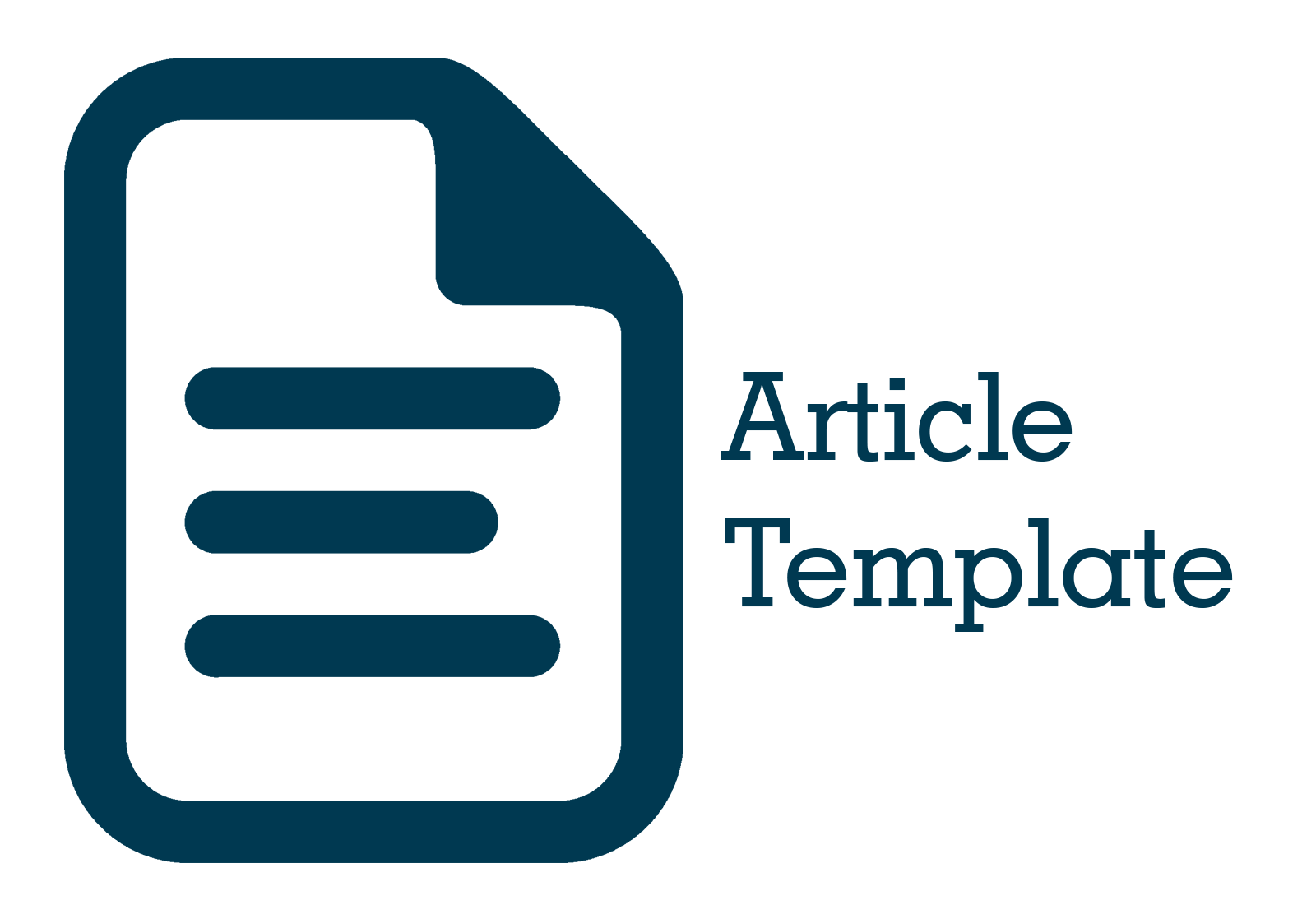Gratification as a Form of Corruption: Its Effect on Public Budget Efficiency and Public Policy
Keywords:
Gratification, Corruption, Public Budget Efficiency, Public PolicyAbstract
This article examines gratification as a form of criminal act of corruption and its impact on the efficiency of public budgets and public policy. Gratification, which is often considered a form of gift or reward, can influence public officials' decision-making and lead to abuse of authority. Through case studies and data analysis, this article reveals how gratification can damage the budget process by directing the allocation of funds to projects that lack priority or are inefficient, thereby harming the public interest. In addition, gratification can also cause bias in policy making, which has a negative impact on justice and the quality of public services. This article also explores steps that can be taken to prevent graft, such as strengthening regulations, increasing transparency, and public education. These findings emphasize the importance of a holistic approach in fighting corruption to ensure that public budgets and policies are used optimally for the welfare of society.
References
Banerjee, A., & Duflo, E. (2011). Poor Economics: A Radical Rethinking of the Way to Fight Global Poverty. Public Affairs.
An exploration of how corruption, including gratification, affects poverty and public policy.
Gupta, S., Davoodi, H., & Alonso-Terme, R. (2002). Does corruption affect income inequality and poverty?. Economics of Governance, 3(1), 23-45.
Explores the link between corruption and socioeconomic factors, showing how gratification can worsen inequality.
DOI: https://doi.org/10.1007/s101010100039
Klitgaard, R. (1988). Controlling Corruption. University of California Press.
A foundational text that analyzes the mechanisms and effects of corruption in public finance and administration.
Mauro, P. (1995). Corruption and Growth. The Quarterly Journal of Economics, 110(3), 681-712.
Investigates the relationship between corruption and economic growth, including how gratification distorts public spending.
DOI: https://doi.org/10.2307/2946696
OECD. (2021). Anti-corruption and integrity. OECD Publishing.
Discusses global strategies for fighting corruption, promoting transparency, and ensuring accountability in public sectors.
Retrieved from: https://www.oecd.org/corruption/ (Source: OECD [20])
Rose-Ackerman, S. (1999). Corruption and Government: Causes, Consequences, and Reform. Cambridge University Press.
Provides an analysis of how corruption, including gratification, impacts governance and public policy.
Shleifer, A., & Vishny, R. W. (1993). Corruption. The Quarterly Journal of Economics, 108(3), 599-617.
Examines how corrupt practices influence government decision-making and economic outcomes.
DOI: https://doi.org/10.2307/2118402
Transparency International. (2020). Corruption in the US: Is change coming?. Transparency International.
Offers a critical overview of corruption issues, including policy responses and legal frameworks in combating graft.
Retrieved from: https://www.transparency.org/en/blog/corruption-in-the-us-is-change-coming (Source: Transparency International [22])
World Economic Forum. (2019). How bad is the global corruption problem?. World Economic Forum.
Discusses the global impact of corruption, including how bribery and gratification undermine governance and public policy.
Retrieved from: https://www.weforum.org (Source: World Economic Forum [19])
Tanzi, V. (1998). Corruption around the world: Causes, consequences, scope, and cures. IMF Staff Papers, 45(4), 559-594.
A comprehensive examination of global corruption trends, including how gratification disrupts public finance.
DOI: https://doi.org/10.2307/3867585
Svensson, J. (2005). Eight questions about corruption. The Journal of Economic Perspectives, 19(3), 19-42.
A detailed exploration of the causes and consequences of corruption, with particular focus on policy implications.
DOI: https://doi.org/10.1257/089533005774357860
Glaeser, E. L., & Saks, R. E. (2006). Corruption in America. Journal of Public Economics, 90(6-7), 1053-1072.
Analyzes corruption's effect on different states in the US, with implications for public finance and governance.
DOI: https://doi.org/10.1016/j.jpubeco.2005.08.007
Transparency International. (2019). Corruption Perceptions Index 2019. Transparency International.
Provides data on global corruption perceptions, contributing to understanding how gratification affects different countries.
Retrieved from: https://www.transparency.org/en/cpi/2019 (Source: Transparency International)
Our World in Data. (2021). Corruption. Our World in Data.
Offers a data-driven analysis of corruption trends globally, including the role of education in combating corruption.
Retrieved from: https://ourworldindata.org/corruption (Source: Our World in Data [21])
Jain, A. K. (2001). Corruption: A review. Journal of Economic Surveys, 15(1), 71-121.
Provides a comprehensive review of corruption research, examining its causes, effects, and potential solutions.
Downloads
Published
Issue
Section
License
Copyright (c) 2024 Samsuria (Author)

This work is licensed under a Creative Commons Attribution 4.0 International License.


